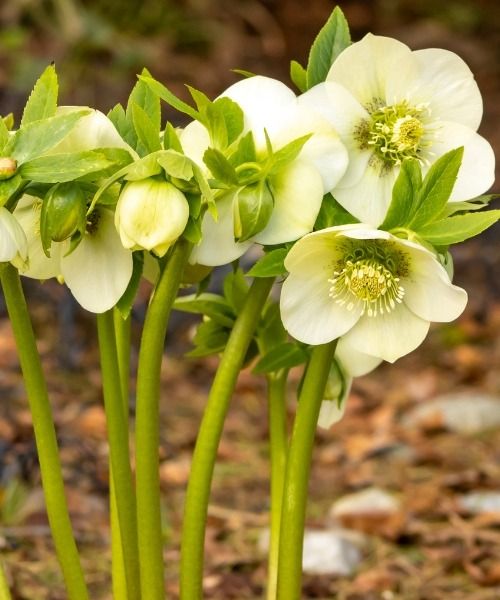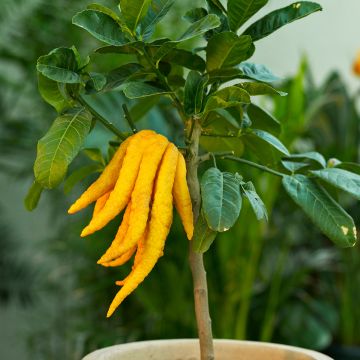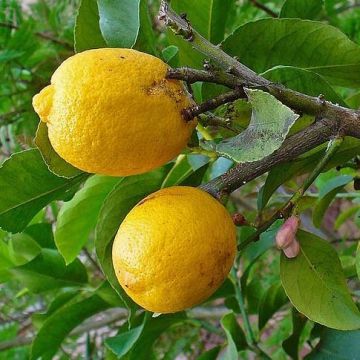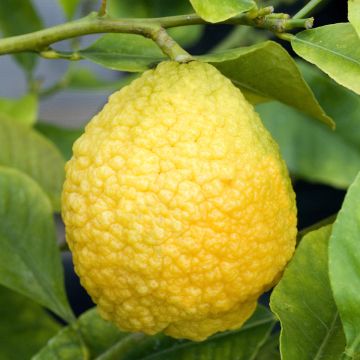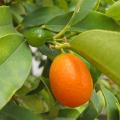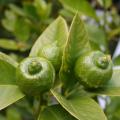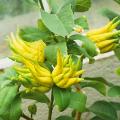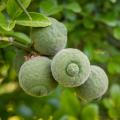Citron trees
Does this plant fit my garden? Set up your Plantfit profile →
Available in 3 sizes
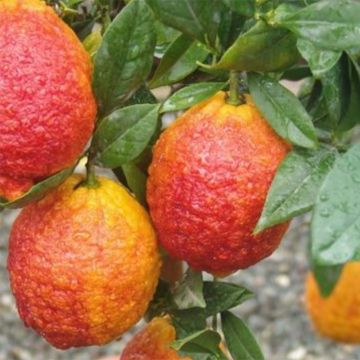
Available in 1 sizes
Available in 2 sizes
Available in 1 sizes
Citron trees or Citrus medica are bushy plants with an irregular habit and young leaves tinted with purple. The Citron, the fruit, resembles a very large lemon: 15 to 30cm (6 to 12in) in length with an irregular shape and a very rough aromatic peel. Containing little juice, it is commonly used to make marmalade or candied peel. It was the first citrus tree to be introduced to the Mediterranean by the armies of Alexander the Great returning from India.
The Citrus medica forms a small thorny tree that is highly ornamental. Its large white flowers are fragrant and its fruits resemble large lemons, with a thick, rough, yellow skin. Not very hardy, it is preferably cultivated in a pot and stored indoors during winter. The variety Citrus medica 'Sarcodactylis' is a mutation of the citron with fruits that have a unique hand-like shape, hence its name "Buddha's hand". The tree, not very vigorous and with an irregular habit, is quite ornamental and bears, early in spring, and often again in September, purple-tinted flowers. This delicate citrus tree cannot withstand temperatures below -3°C (26.6°F) and is sensitive to scorching exposures.
Haven't found what you were looking for?



































